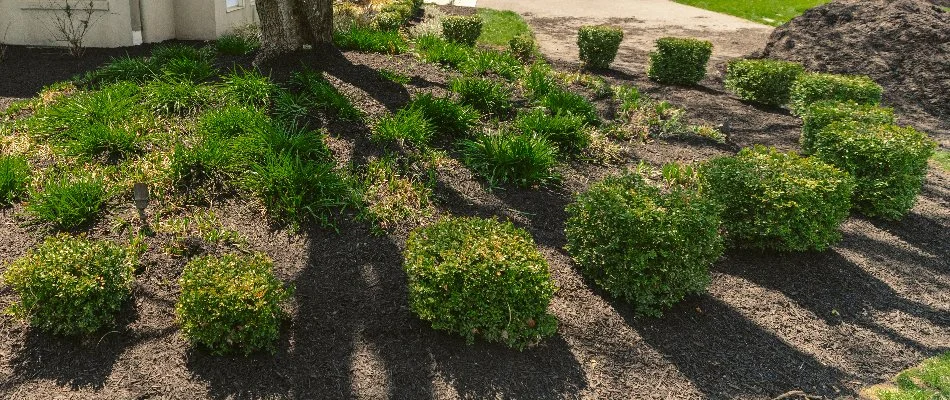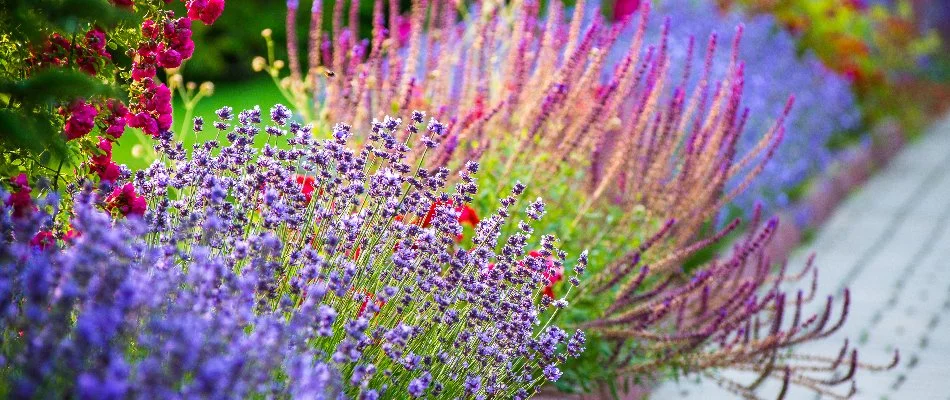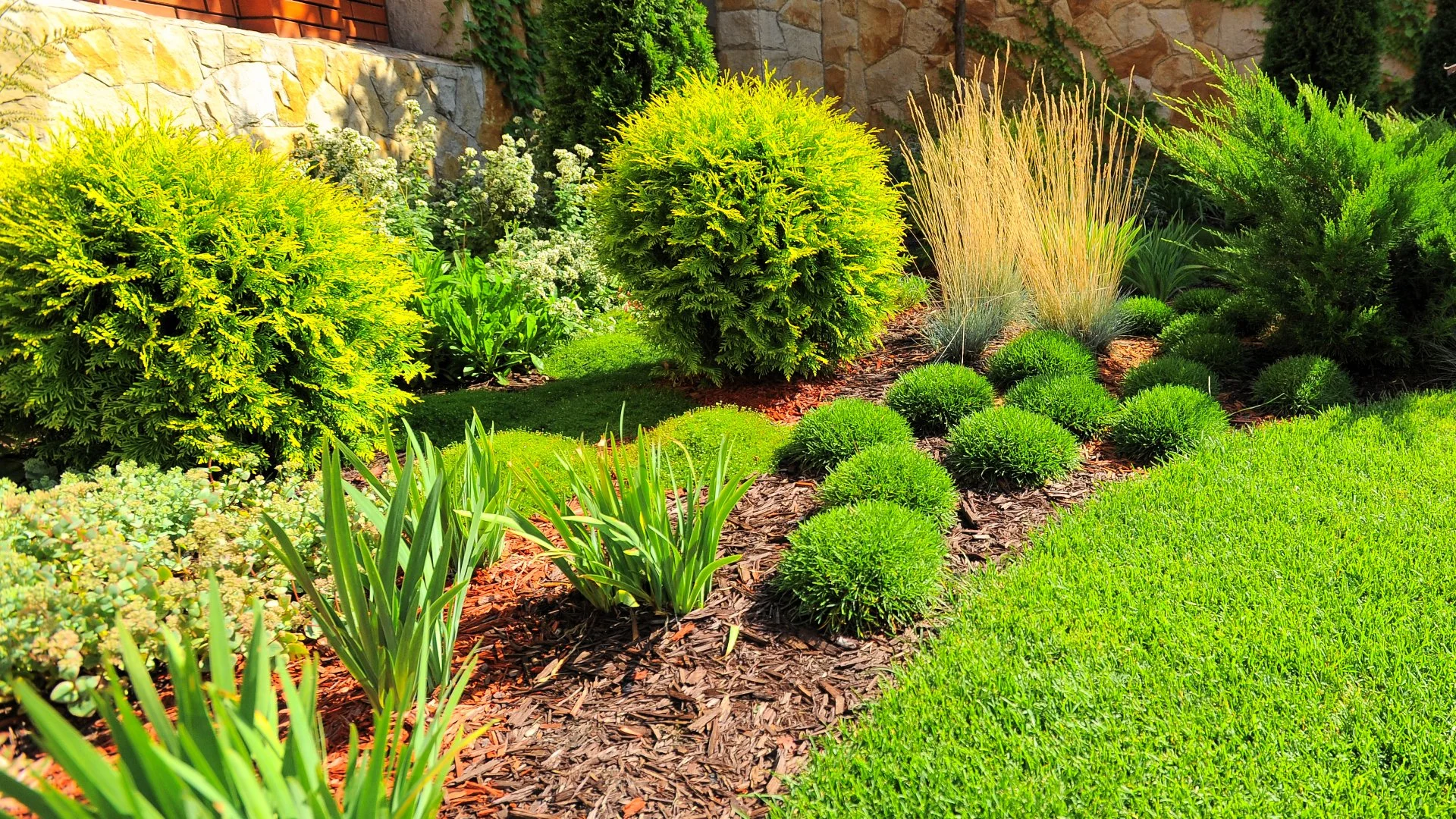Things You’ll Want to Consider When Choosing Plants for Your Landscape Beds
Choosing the right plants for your landscape beds is crucial to creating a beautiful and thriving garden. When choosing plants for your landscape beds in Pennsylvania, there are several factors you must consider to ensure you achieve your vision! Some of these factors include the soil conditions and sun exposure of your landscape beds. Your plants need to grow in healthy soil that matches their needs and receive the right amount of sunlight so they can grow healthy and stay vibrant on your property. Additionally, it's important to consider the colors of the plants that you want to incorporate. You'll want to make sure the colors complement each other so you can create a cohesive look in your yard.
Choose plants that will thrive in the soil conditions of your landscape beds.
The first step in selecting plants for your landscape beds is understanding the soil conditions. Different plants thrive in different types of soil, so it's essential to know what you're working with. Soil types can vary greatly, from sandy to clayey, and each type has its own characteristics. For example, sandy soil drains quickly and doesn't hold nutrients well, while clay soil retains water and nutrients but can be dense and compacted.
Once you know your soil type, you can choose plants that will thrive in those conditions. Some plants prefer well-drained soil, while others can tolerate heavy clay. Additionally, soil pH levels can affect plant growth, so it's important to understand your soil and choose plants that match the pH level.
Match Your Plants to the Sunlight Conditions of Your Landscape

Another important factor to consider when choosing plants for your landscape beds is sun exposure. Different plants have different light requirements, and it's important to match them to the conditions in your garden. Some plants thrive in full sun, while others prefer partial shade or full shade.
It's important to observe your garden throughout the day to determine how much sun each area receives. This will help you choose plants that will thrive in those conditions. For example, if you have a sunny spot in your garden, you can choose plants that love full sun and place them there. On the other hand, if you have a shady area, you can put the plants that prefer shade there. This way, you'll get a variety of plants and flowers on your landscape while ensuring they receive the resources they need to grow their best.
Consider the color of the plants so you can create a cohesive look in your landscape.

The final consideration when choosing plants for your landscape beds is the color scheme. A well-planned color scheme can create a cohesive and visually appealing garden. There are several ways to create a color scheme, including using complementary colors, analogous colors, or a monochromatic palette. When choosing plants for your landscape beds, consider how the colors will complement each other and the overall look you want to achieve. You can also consider the bloom time of each plant to ensure that your garden has color throughout the growing season.
Complementary colors, like purple and yellow or red and green will create a vibrant contrast and give your yard a striking look. Meanwhile, analogous colors like blue, green, and purple will create a harmonious look. If you want a more unified style for your landscape, opt for a monochromatic color scheme that uses different shades of the same color.




Comments (0)
Thanks for your comment!
Thanks for your feedback! Your comments have been successfully submitted! Please note, all comments require admin approval prior to display.
Error submitting comment!
There is a problem with your comment, please see below and try again.